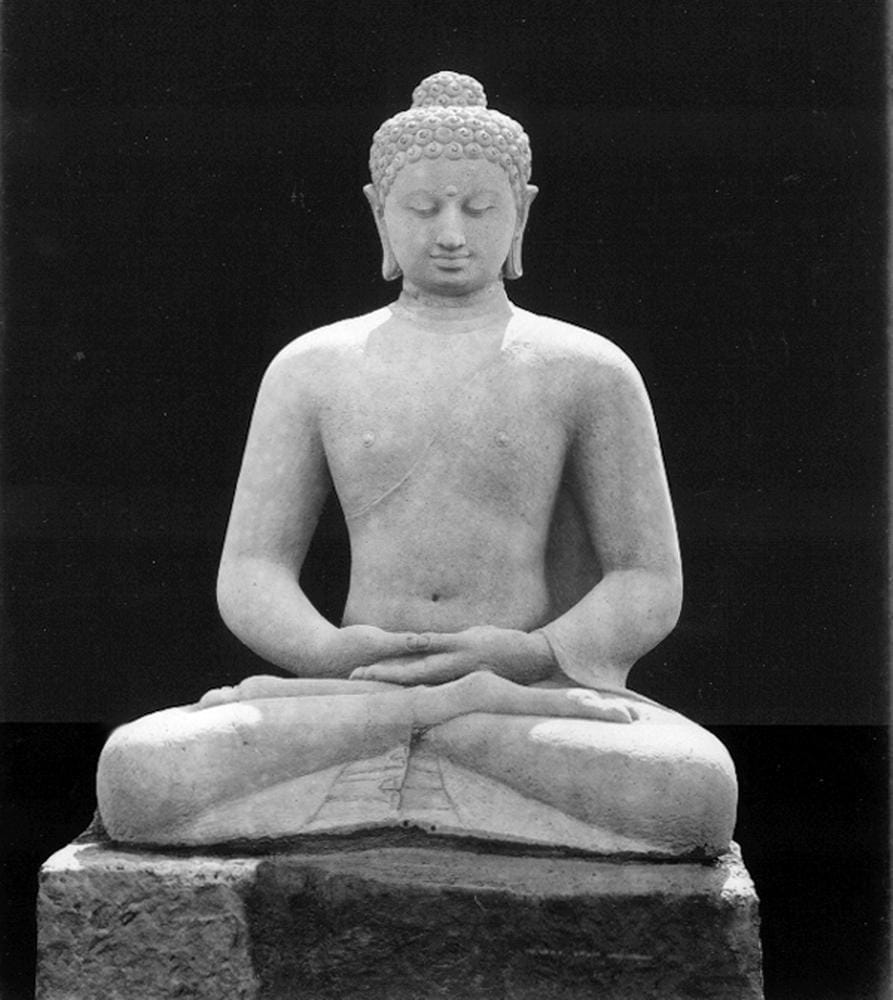Meditate away your exam stress
College Chaplain Andrew Willson helps you ease your exam woes

“I’m an atheist and I’m interested in meditation.” Last year I had a number of conversations with people who all began with this comment. It is too small a sample from which to interpret the changing nature of atheism or if there is an increasing interest in meditation. (And anyway all of these comments may have arisen from the realisation ‘OMG, it’s the vicar, quick what can I talk about?’)
But these conversations did get me thinking. Meditation is part of my religious experience. But I know that Buddhists and some Quakers practice meditation but describe themselves as atheists. I had learnt about Buddhist meditation from sharing a weekly time of silence at the Royal College of Art with a Buddhist monk. From him I had learnt of ‘mindfulness’. He used it to describe the practice of paying conscious attention to sensory, cognitive and emotional experience. The technique was to become aware, or ‘mindful’, of sensations or feelings but without getting caught up in them.
With all this ‘in mind’ I came across the work of Jon Kabat-Zinn, Profesor of Medicine Emeritus at the University of Massachusetts Medical School. Kabat-Zinn had noticed positive results in clinical trials using mindfulness meditation with patients suffering from depression. Professor Mark Williams, a psychiatrist at Oxford University, used this research to develop a mindfulness meditation for stress reduction and to improve mental wellbeing.
This seemed to be the kind of meditation that has an evidence base and does not require a religious belief. It also promoted emotional health. Recent research in psychology has demonstrated the two-way links between our emotions and our bodies. For example, if we feel sad our bodies will reflect that sadness in the way we walk and sit. Conversely, if we are not feeling sad but adopt a sad, slumped, posture we will then very quickly start to feel sad.
Kabat-Zinn and others also used MRI scans to show that upsetting emotions can be seen clearly in the right pre-frontal cortex. Positive emotions on the other hand show up more clearly in the left pre-frontal cortex. The ratio of electrical activity between one sideof the pre-frontal cortex gives a picture of a person’s emotional state. Kabat-Zinn explored this in relation to mindfulness meditation. He taught a group of bio-tech workers the meditation practice. After eight weeks of meditation practice the participants became more energised and less prone to low mood. It was also found that this state was maintained even when participants were reminded of memories and music that were linked to sad personal memories. It appeared that with meditation training people were able to accept the negative personal memories but without being overwhelmed by them. The other outcome was that the participants also developed measurably stronger immune systems.
This evidence based approach to meditation seemed like a good response to those who wanted to learn meditation but who did not want a religious practice. Using Mark Williams’ book as a basis the Chaplaincy started offering mindfulness meditation in October. Over two terms we have found that this is something that people find helpful in the realities of daily life. This includes those with philosophical world view (atheism, humanism, materialism) and those with a traditional or personal religious world view.
The simplest way to describe mindfulness is through a simple exercise. Raise one arm above your head. Close your eyes. Slowly lower your arm. As your arm descends track the different sensations that occur. You might be able to notice what you are thinking, or the emotions you are feeling. So a short 3-5 minute mediation lets us notice the range of our personal sensory, cognitive and emotional data. So you might notice ‘eyes feeling tired from a day in front a screen, niggling anxiety about unfinished tasks, trying to remember if there is anything in the fridge for dinner, and an anticipation about…’). It is important not to judge the data – it is just what is being thought, sense and felt at this moment. There is a positive element of self-acceptance that comes with practice. And there is the sense of calm.
This is the season in the university for increased stress and anxiety. Small amounts of meditation practice can make a difference – and by this I mean 5-10 minutesdaily. It is described as a practice – for good reason. But it does not take long to start showing benefits.
Whatever your worldview ‘Mindfulness Meditation’ takes place in the Chaplaincy Centre in Beit Quad every Tuesday 1-1:45pm. For those wanting a particular religious framework for meditation we have Buddhist and Christian meditation each week, and we can link you up with someone to talk about Hindu meditation.
On Thursday 9th May join us for ‘How to be Mindful in a Digital Age’ a talk by the Venerable Narayan Prasad Rijal, a Buddhist teacher who is also a lecturer in Physics at Tribhuvan University, Nepal. This event is being hosted by students from the Buddhist meditation group and by the Chaplaincy from 7-8pm in the Pippard Lecture Theatre, followed by discussion and refreshments. More details of all events www.imperial.ac.uk/chaplaincy








